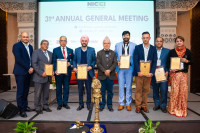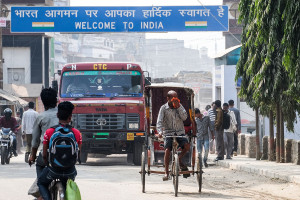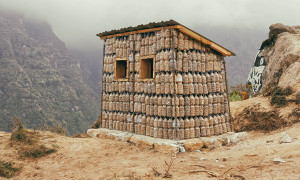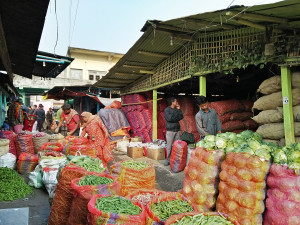Money
Dangote selects potential sites
Dangote Group has selected two sites in Mahadevstahan of Dhading and Makawanpur as possible locations for its proposed cement factory and mine quarry.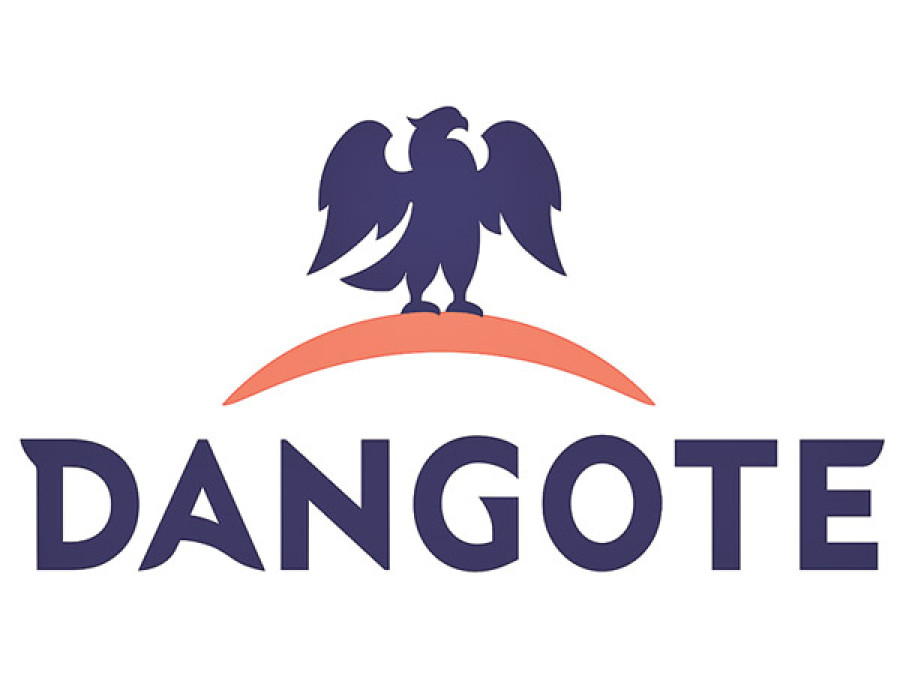
Sanjeev Giri
A team of technicians from the Nigerian industrial conglomerate concluded a field study and plans to select “one from the two or both”.
The company plans to invest $550 million (around Rs 55 billion) in Nepal. The Investment Board Nepal (IBN) had approved the company’s proposal in October 2013. Nepal is Dangote’s first ever investment destination in South Asia. “We had identified a couple of locations in 2013. From among them, we have selected the two locations,” said KR Rao, director of the Dangote Cement Project. He said the company is “prepared” to move ahead with the projects, and samples from the possible mining quarry have been tested.
As per the company’s action plan, it aims to conclude the task of signing a contract and make advance payments for starting the project by May-June 2015. It will then take around three months for the basic work and civil design. The construction is expected to come to an end within 27 months and the operation is likely to begin within the first half of 2017. Rao said the company aims at manufacturing 6,000 tonnes (120,000 sacks) of cement every day. “Our aim is to manufacture 2 million tonnes annually,” he said. “The locations will be sealed as per the requirement.”
Besides the cement plant, the company is also considering establishing a coal-powered power plant.
According to Dangote, Nepal has an annual cement production capacity of 2 million tonnes while the market demand is around 3.5 million tonnes. Despite having abundant raw material, Nepal is estimated to be importing around 1.5 million tonnes of cement from India annually. The cement manufactured in Nepal, according to Rao, will be primarily targeted at the Nepal market itself. “By 2017, we believe the demand in the Nepal market will increase,” he said. “We will also be exporting to Northern Bihar, from where we are aiming to import coal, but that will not be a huge quantity.”
Clarifying the reason behind selecting Nepal as an investment destination, Rao said: “We wanted to expand beyond Africa, and South Asia was identified as a potential destination. Nepal, Indonesia and Myanmar were pitched as probable destinations.”
According to Rao, as the number of infrastructure projects rises, the demand is likely to grow further. “We are expecting around 18 percent growth in cement demand in the next five years in Nepal,” he said, adding the company had also planned to enter India, but later dumped the idea as the market had started saturating.




 14.12°C Kathmandu
14.12°C Kathmandu




